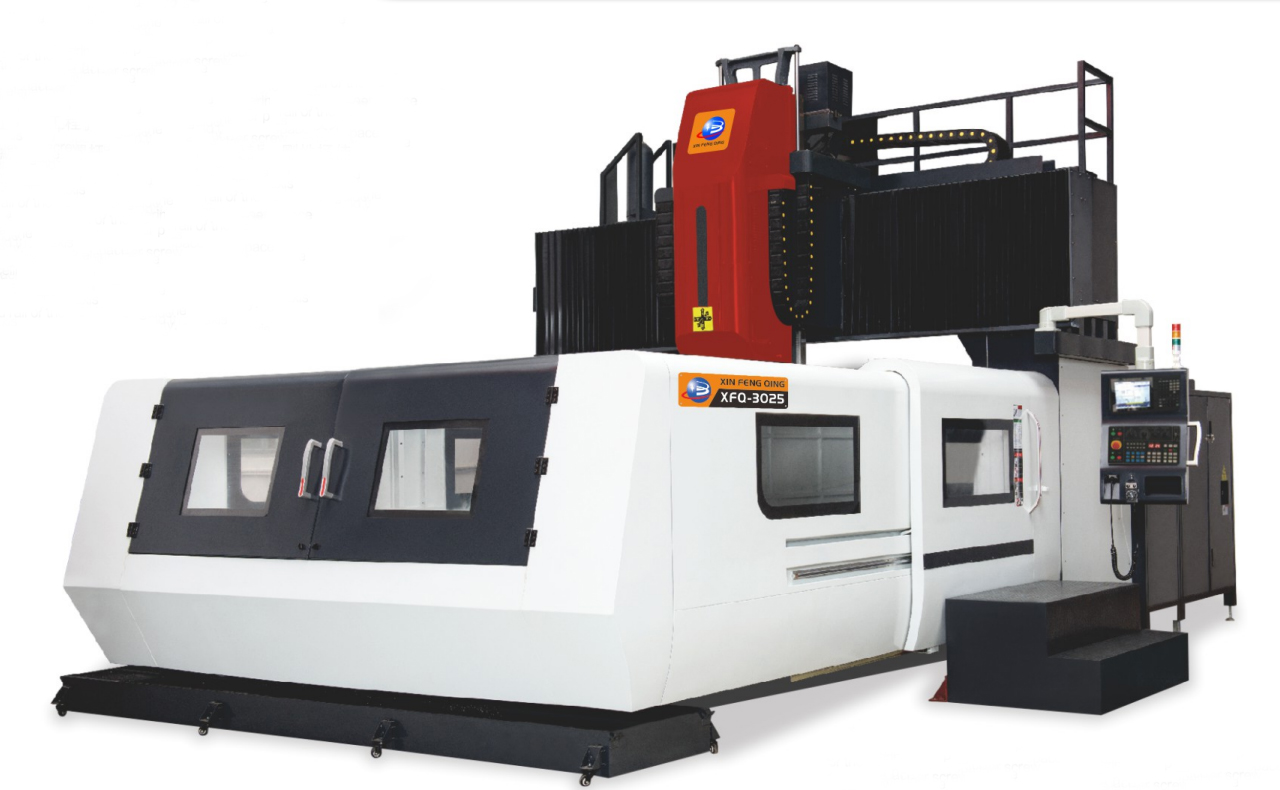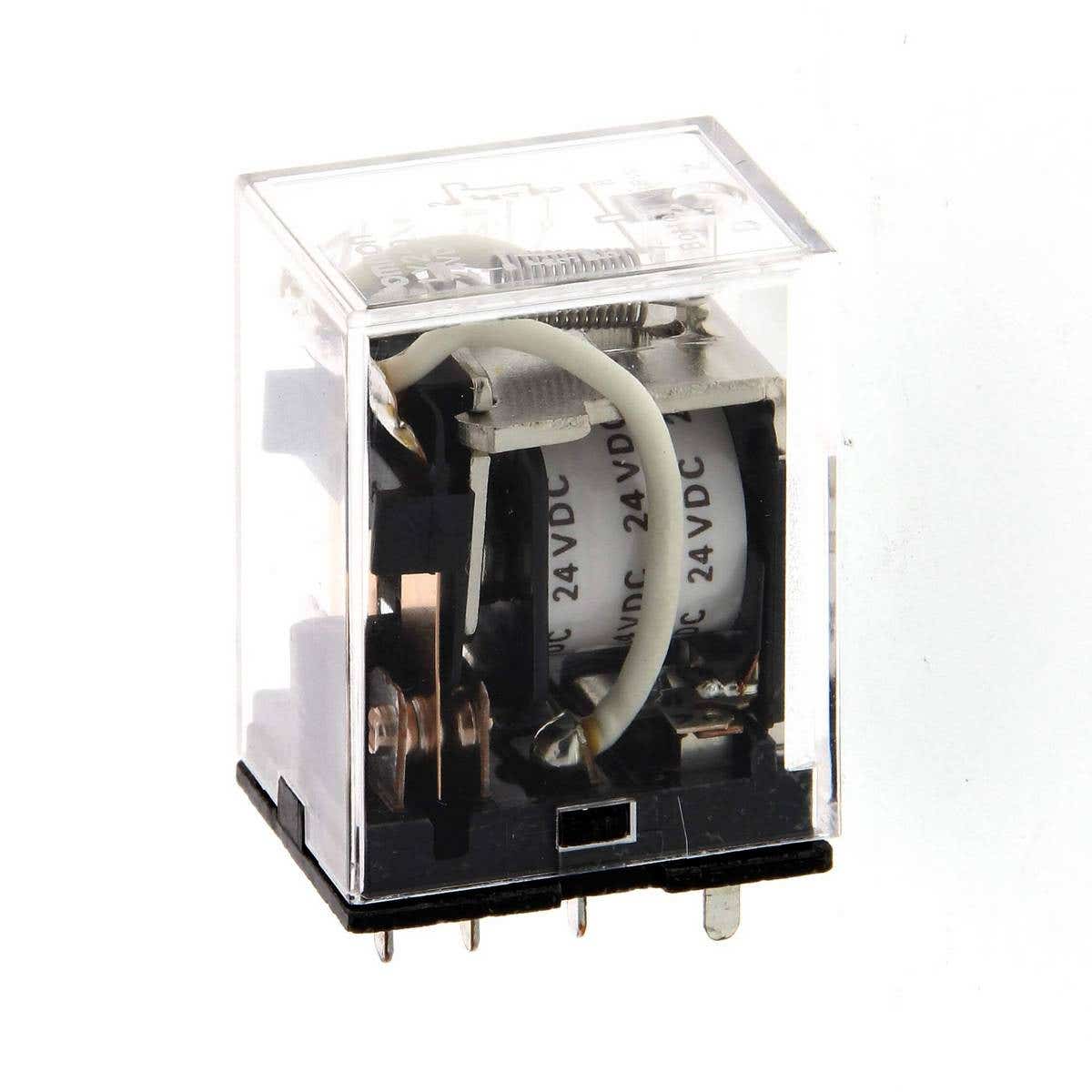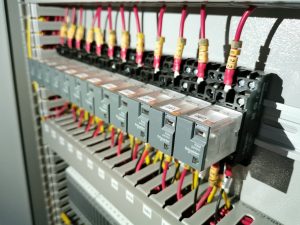Electrical relays are fundamental components in various industries, playing a crucial role in controlling circuits and facilitating the flow of electricity. Understanding how electrical relays work is essential for engineers, technicians, and enthusiasts alike. In this comprehensive guide, we will delve into the intricate mechanisms behind electrical relays, exploring their functionality, applications, and benefits.
- The Basics of Electrical Relays:
Electrical relays are electromechanical devices that act as switches, allowing or interrupting the flow of current in a circuit. They consist of several key components, including a coil, an armature, contacts, and a spring. When an electrical current passes through the coil, it generates a magnetic field, attracting the armature and closing the contacts, thus completing the circuit. - Types of Electrical Relays:
There are various types of electrical relays, each designed for specific applications. Some common types include electromagnetic relays, solid-state relays, thermal relays, and reed relays. Each type has its unique advantages and limitations, making them suitable for different scenarios. Exploring the characteristics and applications of each type is crucial for selecting the most appropriate relay for a given situation. - Working Principles:
To gain a deeper understanding of how electrical relays function, it is essential to explore their working principles. This section will cover topics such as contact materials, contact bounce, contact ratings, and relay switching time. By comprehending these principles, engineers can optimize relay performance, enhance reliability, and mitigate potential issues. - Applications of Electrical Relays:
Electrical relays find applications in a wide range of industries, including power systems, automotive, telecommunications, and manufacturing. This section will highlight some key applications, such as motor control, lighting systems, protection relays, and programmable logic controllers (PLCs). Understanding these applications will showcase the versatility and significance of electrical relays in modern technology. - Advancements and Future Trends:
As technology continues to evolve, so do electrical relays. This section will explore recent advancements, such as the integration of smart features, miniaturization, and enhanced reliability. Additionally, we will discuss emerging trends, including the adoption of solid-state relays and the integration of relays with Internet of Things (IoT) devices. Understanding these advancements and trends will provide valuable insights into the future of electrical relays.
Conclusion:
Electrical relays are indispensable components in numerous industries, enabling efficient and reliable control of electrical circuits. By comprehending the inner workings of electrical relays, professionals can optimize their applications, troubleshoot issues, and stay abreast of the latest advancements. This comprehensive guide has provided a deep dive into the functionality, types, working principles, applications, and future trends of electrical relays, equipping readers with the knowledge needed to excel in this field.








+ There are no comments
Add yours